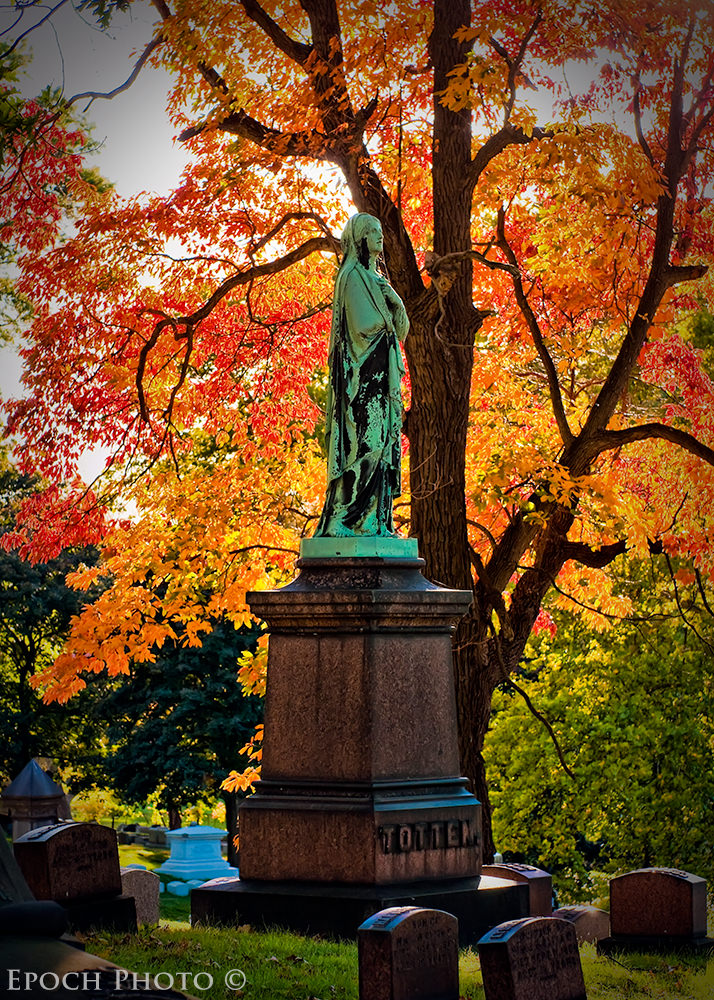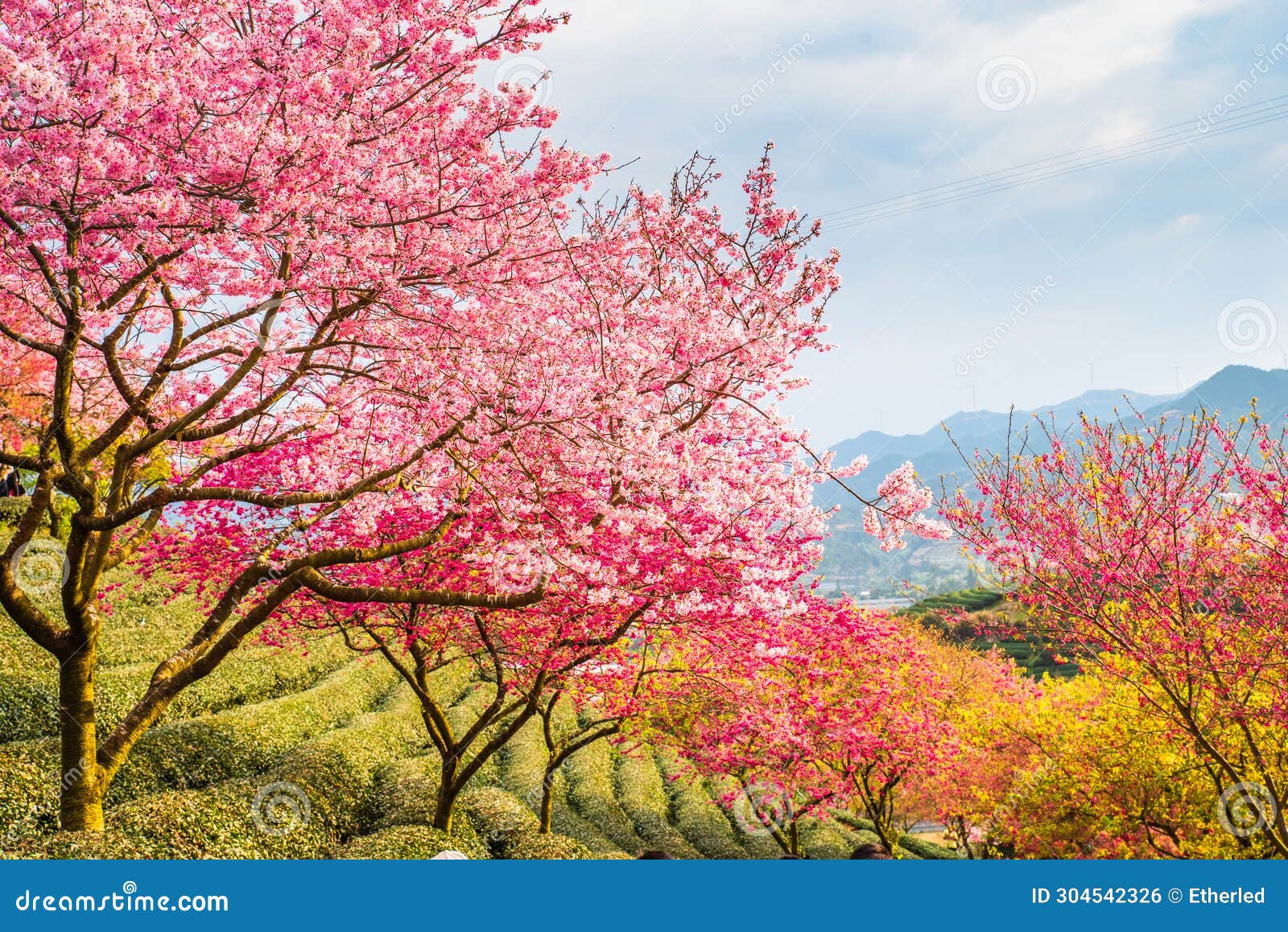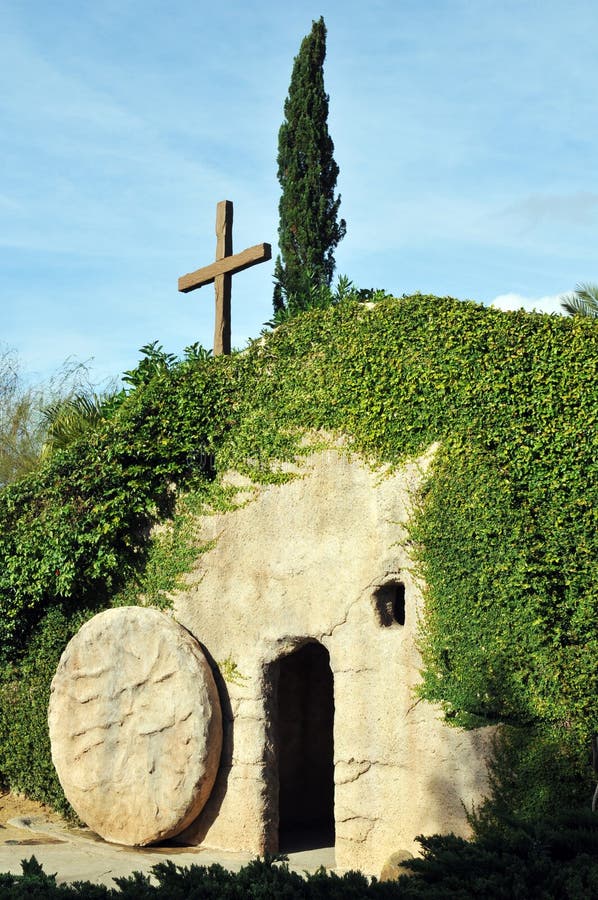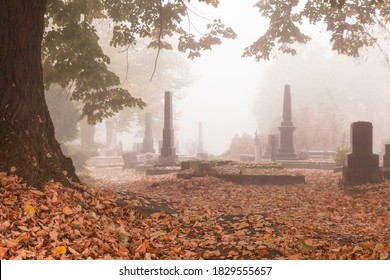Discover the Mystique of the Spring and Autumn Tombs

An Essential Guide to Visiting Spring And Autumn Tombs
Embarking on a journey through the Spring and Autumn Tombs is akin to stepping into a living history book, where the whispers of ancient dynasties resonate through time. Nestled in the heart of picturesque landscapes, these tombs are not merely burial sites; they are monumental testaments to the artistry and cultural richness of the eras they represent. From the majestic Royal Tombs of Aigai in Greece, steeped in the grandeur of the Macedonian Empire, to the serene Yungneung and Geolleung Royal Tombs in South Korea, each site offers a unique glimpse into the lives of those who shaped history.
As you wander among the intricate structures and lush gardens, you’ll discover the stories of kings and queens, the artistry of ancient craftsmen, and the spiritual significance attributed to these resting places. Whether you’re captivated by the elaborate frescoes depicting mythological tales, the opulent artifacts that echo the wealth of their occupants, or the tranquil beauty of the surrounding landscapes, the Spring and Autumn Tombs promise an enriching experience.
This guide aims to equip international travelers with essential insights and practical tips for navigating these awe-inspiring sites. From entry details and opening hours to must-visit attractions and local dining experiences, we’ll ensure that your exploration of the Spring and Autumn Tombs is as seamless as it is unforgettable. Prepare to be enchanted by the echoes of the past as you embark on this historical adventure!
In This Guide
- An Essential Guide to Visiting Spring And Autumn Tombs
- The Rich History and Legends of Spring And Autumn Tombs
- Main Highlights: What You Absolutely Can’t Miss
- Planning Your Visit: A Practical Guide
- Tickets: Prices, Booking, and Tips
- How to Get There: A Complete Transportation Guide
- Local Cuisine and Accommodation Nearby
- Frequently Asked Questions
- Final Thoughts on Your Trip
The Rich History and Legends of Spring And Autumn Tombs
Nestled in the heart of ancient China, the Spring and Autumn Tombs (春秋墓群) serve as a poignant reminder of the rich tapestry of history that has shaped this region. Dating back to the Spring and Autumn period (approximately 770 to 476 BC), these tombs are not merely burial sites; they are a testament to the social, political, and cultural evolution of early Chinese civilization.
The Spring and Autumn period was characterized by significant transformation and fragmentation within the Zhou Dynasty, leading to the rise of various states vying for power. This era saw the emergence of influential figures such as Confucius, who laid the philosophical groundwork that would shape Chinese thought for centuries. The tombs reflect the burial practices and beliefs of this period, offering insights into the rituals surrounding death and the afterlife.
Archaeological excavations have uncovered a vast array of artifacts, including pottery, weapons, and jade items, which indicate the high status of the individuals buried within these mounds. The tombs themselves often feature intricate designs, revealing the artistry and craftsmanship of the time. Each burial site tells a story—of a ruler, a noble, or a commoner—each contributing to the larger narrative of the Spring and Autumn period.
Legends also abound in the tales surrounding these tombs. Local folklore speaks of wandering spirits and the guardians of the afterlife, believed to protect the resting places of the deceased. It is said that some of the tombs are imbued with mystical powers, granting peace and prosperity to those who honor the ancestors buried there. Such stories not only enrich the cultural landscape but also illustrate the deep-seated reverence for ancestry and tradition that permeates Chinese society.
Visitors to the Spring and Autumn Tombs can expect more than just a glimpse into ancient burial practices; they are offered a profound experience that connects them to the philosophical and spiritual undercurrents of a bygone era. The serene surroundings and historical significance of these sites create a reflective atmosphere, inviting travelers to ponder the legacies of those who came before.
As you walk among these sacred mounds, you may find yourself enveloped in the echoes of history—each tomb whispering tales of valor, love, and the eternal quest for immortality. Whether you are a history enthusiast, a cultural explorer, or simply seeking tranquility amidst the echoes of time, the Spring and Autumn Tombs offer an unforgettable journey into the heart of ancient China.

Spring And Autumn Tombs.
Main Highlights: What You Absolutely Can’t Miss
When exploring the Spring and Autumn Tombs, you’ll find a rich tapestry of history, architecture, and art that encapsulates the essence of ancient civilizations. Here are the must-visit highlights that you absolutely cannot miss:
1. The Royal Tombs of Aigai
The centerpiece of your visit, the Royal Tombs are a UNESCO World Heritage site and represent a pivotal archaeological discovery. Tomb II is particularly noteworthy, believed to be the final resting place of King Philip II of Macedonia. Inside, you’ll encounter breathtaking artifacts, including a stunning golden larnax adorned with the iconic Vergina Sun, ceremonial armor, and exquisite frescoes depicting mythological scenes. The atmosphere inside the underground museum is both somber and awe-inspiring, making it a profound experience.
2. Polycentric Museum of Aigai
Opened in December 2022, the Polycentric Museum offers a modern, light-filled contrast to the Royal Tombs. This museum serves as the new gateway to the archaeological park and showcases the broader narrative of Macedonian culture, including the legacy of Alexander the Great. Its exhibits are designed to enhance your understanding of the tombs, the royal palace, and the ancient theater, creating a comprehensive experience of Aigai’s historical significance.
3. The Royal Palace
Visit the Royal Palace, where the grandeur of the Macedonian Kingdom is palpable. This monumental structure, recently restored, features impressive mosaic floors and Doric columns that highlight the architectural sophistication of Philip II’s era. It was here that Alexander the Great was crowned, marking a significant moment in history. The ongoing restoration efforts have revitalized parts of the palace, making it a must-see attraction.
4. Ancient Theater
Step back in time at the Ancient Theater of Aigai, the site of King Philip II’s assassination. This partially reconstructed theater offers a tangible connection to a transformative moment in world history. Standing in this space, you can almost hear the echoes of the past, making it a poignant stop on your journey.
5. The Necropolis
Explore the necropolis that houses the royal burial cluster of the Temenids. This site offers insight into the funerary practices of the Macedonian elite and the significance of burial rituals in their culture. As you walk through this hallowed ground, you’ll gain a deeper appreciation for the traditions that shaped their society.
6. City Walls and Acropolis
Wander along the remnants of the fortified city walls that once protected the Acropolis, providing a glimpse into the strategic importance of Aigai. Built from local stone, these ruins offer stunning views of the surrounding Macedonian basin, making it an ideal spot for photography and reflection.
7. Local Gastronomy
No visit would be complete without indulging in the local cuisine. Stop by Taverna Philippos for authentic moussaka and grilled lamb, or Oinomageiremata to enjoy regional wines paired with specialties like spetsofai. For a more upscale dining experience, the Estate Kalaitzis Restaurant offers gourmet Greek dishes alongside estate-produced wines.
8. Practical Tips for Your Visit
- Best Time to Visit: Aim for the spring (April to June) or autumn (September to October) to enjoy mild weather and fewer crowds, enhancing your exploration experience.
- Transportation: Renting a car is the most convenient way to reach Vergina, located less than an hour from Thessaloniki. Alternatively, consider a day trip that includes transportation and entry tickets.
- Visitor Duration: Allocate at least 3-4 hours to fully appreciate the Royal Tombs, Museum, and surrounding attractions.
By immersing yourself in these highlights, you will walk away with a profound understanding of the cultural and historical legacy of the Spring and Autumn Tombs, making your journey truly unforgettable.

Spring And Autumn Tombs.
Planning Your Visit: A Practical Guide
Your Guide to Visiting the Spring and Autumn Tombs
Visiting the Spring and Autumn Tombs (春秋墓群) in China is an extraordinary journey into history that offers a glimpse into the cultural significance of the era. Below, you’ll find practical tips to help you make the most of your experience at these fascinating sites.
Getting There
Location: The Spring and Autumn Tombs are located primarily in the Jiangsu Province, with key sites in cities like Nanjing and Suzhou.
Transportation:
– By Air: The closest major airport is Nanjing Lukou International Airport. From there, you can take a taxi or public transport to your destination.
– By Train: High-speed trains connect Nanjing with major cities like Beijing and Shanghai, making travel convenient and efficient.
– Local Transport: Once in the city, consider using local buses or taxis. In Nanjing, the metro system is a reliable way to reach the tombs.
Entry Details
Tickets: Entry fees vary by site, generally ranging from ¥30 to ¥50 (approximately $5 to $8). It’s advisable to check for any discounts for students or seniors.
Opening Hours: Most tombs are open daily from 8:00 AM to 5:00 PM. However, hours may change seasonally, so be sure to verify before your visit.
Best Time to Visit
The ideal times to visit the Spring and Autumn Tombs are during spring (April to June) and autumn (September to November). During these months, the weather is mild, and the natural scenery is particularly beautiful, adding to the allure of the tombs surrounded by lush landscapes.
What to Expect
-
Historical Significance: The Spring and Autumn period (770-476 BC) was marked by political fragmentation and cultural development. The tombs are a testament to the era’s complex social structures and rituals.
-
Architectural Wonders: As you explore, take note of the intricate designs and layouts of the tombs, reflecting the advanced engineering skills of ancient China.
-
Cultural Insights: Many of the tombs house artifacts from the period, including pottery, weapons, and ceremonial objects. Guided tours often provide deeper insights into their significance.
Must-Visit Sites
-
Ming Xiaoling Mausoleum (Nanjing): This UNESCO World Heritage Site is the tomb of the Hongwu Emperor, the first emperor of the Ming Dynasty. The scenic area features beautiful pathways and impressive stone sculptures.
-
Su Xiaogang Tomb (Suzhou): A well-preserved example of tomb architecture from the Spring and Autumn period, offering scenic walks and serene environments.
Tips for Your Visit
-
Wear Comfortable Shoes: Expect to do a lot of walking, often on uneven surfaces. Comfortable footwear will enhance your experience.
-
Bring Water and Snacks: Although there are vendors nearby, having your own supplies will save time and keep you refreshed during your explorations.
-
Respect Local Customs: Many of these sites are still revered, so maintain respectful behavior. Avoid climbing on tombs and other historical structures.
-
Photography: Capture the beauty of the sites, but be mindful of any restrictions on photography, especially in sacred areas.
Where to Eat
After exploring the tombs, treat yourself to local cuisine:
– Nanjing Salted Duck: A famous dish showcasing the region’s culinary heritage.
– Suzhou Buns: These steamed buns are a delightful snack widely enjoyed in the region.
Where to Stay
Consider staying in nearby cities for convenience:
– Nanjing: Look for hotels around the city center for easy access to the tombs and other attractions.
– Suzhou: Opt for accommodations that offer a blend of traditional charm and modern amenities.
Final Thoughts
Visiting the Spring and Autumn Tombs is not just a historical excursion; it’s an opportunity to connect with the rich tapestry of Chinese culture. By planning ahead and being mindful of local customs, you can ensure a fulfilling and memorable experience. Enjoy your journey through time!

Spring And Autumn Tombs.
Tickets: Prices, Booking, and Tips
When planning your visit to the Spring and Autumn Tombs, it’s essential to know the details regarding tickets, pricing, and some helpful tips to ensure a smooth experience.
Ticket Prices
Entry to the Spring and Autumn Tombs typically costs around ¥30 (approximately $5) for adults. Discounts are often available for students and seniors, so it’s worth checking if you qualify for reduced rates. Kids may enter for free, but it’s advisable to confirm with local guidelines.
Booking Your Tickets
While you can purchase tickets on-site, consider booking in advance to avoid long queues, especially during peak travel seasons in spring and autumn. Many visitors choose to buy tickets online through official tourism websites or authorized platforms, which also allow you to secure guided tours that provide deeper insight into the historical significance of the tombs.
Opening Hours
The Spring and Autumn Tombs are generally open from 8:30 AM to 5:30 PM during the months of April through October. In the winter months, hours may vary, so it’s a good idea to check the official website or local tourism information for the latest updates.
Tips for Your Visit
-
Best Times to Visit: Aim for early morning or late afternoon to experience fewer crowds and enjoy the beautiful lighting for photography. The mild weather during spring (April to June) and autumn (September to November) enhances the overall experience.
-
Guided Tours: Consider joining a guided tour. Knowledgeable guides can offer fascinating insights into the tombs’ history and architecture, enriching your visit.
-
Dress Comfortably: Wear comfortable shoes and dress in layers, as you might be exploring outdoors for a few hours. The terrain can be uneven, so sturdy footwear is advisable.
-
Respect the Site: Remember that the tombs are significant cultural heritage sites. Follow all posted guidelines, especially regarding photography and climbing on structures.
-
Stay Hydrated and Snack Smart: Bring water and light snacks, as facilities nearby may be limited. Take breaks to enjoy the serene surroundings.
By keeping these details in mind, you can ensure a memorable visit to the Spring and Autumn Tombs, immersing yourself in the rich history they represent.
How to Get There: A Complete Transportation Guide
Getting to the Spring and Autumn Tombs: A Comprehensive Transportation Guide
Visiting the Spring and Autumn Tombs, a UNESCO World Heritage Site located in the heart of China, is an enriching experience filled with history and cultural significance. To ensure you make the most of your journey, here’s a detailed guide on how to get there and navigate the surrounding area.
Arriving in China
Most international travelers will arrive in China via major cities such as Beijing, Shanghai, or Guangzhou. From these cities, you can easily access the Spring and Autumn Tombs, which are located in the northern part of Jiangsu Province, near Nanjing.
Getting to Nanjing
- By Air:
- Nanjing Lukou International Airport (NKG) serves as the primary airport for the region. Direct flights connect Nanjing to cities worldwide, including Beijing, Shanghai, and Guangzhou.
-
Once you arrive, you can take a taxi or a shuttle bus to the city center, which is approximately 40 kilometers from the airport.
-
By Train:
- High-speed trains from major cities like Beijing and Shanghai are an efficient option. The journey from Shanghai to Nanjing takes about 1.5 hours, while from Beijing, it takes around 4-5 hours.
-
Trains arrive at the Nanjing South Railway Station, a modern facility equipped with various amenities.
-
By Bus:
- Long-distance buses operate from various cities to Nanjing. However, this method is less convenient than trains due to longer travel times and less comfort.
Reaching the Spring and Autumn Tombs
Once you’re in Nanjing, you have several options to reach the Spring and Autumn Tombs:
- By Taxi:
- Taxis are readily available throughout Nanjing. A ride from the city center to the tombs takes about 30 minutes, depending on traffic.
-
Make sure to have the destination written in Chinese to show the driver: 春秋墓群.
-
By Public Transport:
- Take Metro Line 1 to the Nanjing Railway Station. From there, transfer to a local bus heading toward the tombs. The journey may take about an hour, including transfers.
-
Bus services are also available from various parts of the city, but be prepared for potential delays during peak hours.
-
By Tour:
- Many travel agencies offer guided tours from Nanjing that include transportation to the Spring and Autumn Tombs. This can be a hassle-free way to experience the site without worrying about navigation.
Recommendations for Getting Around
- Rent a Car: If you prefer flexibility, renting a car can be a great option. This allows you to explore nearby attractions at your own pace. Ensure you have an international driving permit and be aware of local driving regulations.
- Bicycles and E-Scooters: Nanjing is a bike-friendly city, and renting a bicycle or an e-scooter can be an enjoyable way to explore the area around the tombs.
Best Time to Visit
The ideal times to visit the Spring and Autumn Tombs are during the spring (April to June) and autumn (September to October) months when the weather is mild and the site is less crowded. Planning your visit during these periods will enhance your experience and allow for leisurely exploration of the tombs and surrounding landscapes.
Conclusion
Embarking on your journey to the Spring and Autumn Tombs promises a unique glimpse into China’s rich history. By following this transportation guide, you can navigate your way effortlessly to this remarkable UNESCO World Heritage Site and enjoy all it has to offer. Safe travels!

Spring And Autumn Tombs.
Local Cuisine and Accommodation Nearby
Exploring the Spring and Autumn Tombs is a captivating journey into ancient history, and what better way to enhance your experience than indulging in the local cuisine and finding a comfortable place to stay nearby?
Culinary Delights
After immersing yourself in the rich history of the tombs, treat your taste buds to the flavors of the region.
-
Local Gastronomy: Don’t miss out on the traditional dishes served at nearby eateries. Look for local restaurants offering Dongpo pork, a savory dish that is a favorite among visitors. Pair it with steamed rice and seasonal vegetables for a hearty meal.
-
Street Food Adventures: Venture into nearby markets to sample scallion pancakes and dumplings. These quick bites are not only delicious but also give you a taste of the local lifestyle.
-
Cafés and Teahouses: For a lighter option, pop into a local café for a cup of green tea or a refreshing fruit juice. Many places also serve traditional sweet treats like mooncakes that are perfect for dessert.
Where to Stay
For your convenience, consider these accommodations that blend comfort with proximity to the Spring and Autumn Tombs:
-
Heritage Hotel: Just a short drive from the tombs, this charming hotel features elegantly decorated rooms, a serene garden, and an on-site restaurant that serves both local and international cuisine. Guests often praise the warm hospitality and the stunning views of the surrounding landscape.
-
Boutique Inn: This quaint inn is perfect for travelers looking for a cozy atmosphere. It offers comfortable rooms with a rustic touch and is located within walking distance to local restaurants and shops. Enjoy a complimentary breakfast featuring local delicacies before setting off for your day of exploration.
-
Modern Guesthouse: Ideal for budget-conscious travelers, this guesthouse provides clean and simple accommodations. The friendly staff can help arrange tours to the tombs and recommend nearby dining options, ensuring you make the most of your visit.
Final Thoughts
Whether you’re savoring the rich flavors of local dishes or unwinding in a welcoming accommodation, your visit to the Spring and Autumn Tombs will be an unforgettable experience enriched by the culinary and hospitality treasures of the region. Embrace the opportunity to connect with both history and culture, making your journey all the more rewarding.

Spring And Autumn Tombs.
Frequently Asked Questions
Frequently Asked Questions
-
What are the Spring and Autumn Tombs?
The Spring and Autumn Tombs refer to a series of ancient burial sites from the Spring and Autumn period of Chinese history (approximately 770–476 BC). These tombs are significant as they provide insight into the burial customs and societal structure of that era. -
Where are the Spring and Autumn Tombs located?
The most notable Spring and Autumn Tombs are located in the Jiangsu province of China, particularly in cities like Zhenjiang and Nanjing, where they are part of various archaeological sites that showcase the rich history of the region. -
How much time should I allocate for a visit?
Plan for about 2-3 hours to explore the tombs and surrounding sites. This will give you ample time to appreciate the historical context, architecture, and artifacts on display. -
Are the tombs accessible for those with mobility challenges?
Accessibility can vary between different tomb sites. Some areas may have uneven terrain or stairs. It’s best to check ahead for specific sites to ensure they can accommodate your needs. -
What is the best time of year to visit the Spring and Autumn Tombs?
The ideal times to visit are during spring (April to June) and autumn (September to November). The weather is generally mild, and the scenery is particularly beautiful during these seasons. -
Do I need a guide to visit the tombs?
While it’s not mandatory to have a guide, hiring one can enhance your experience. Guides can provide valuable insights into the historical significance of the tombs and help you understand the cultural context of what you’re seeing. -
Are there any entry fees for visiting the Spring and Autumn Tombs?
Many of the tomb sites have nominal entry fees, typically ranging from ¥20 to ¥50. Some sites may offer discounts for students or group visits, so it’s worth checking in advance. -
What should I wear when visiting the tombs?
Comfortable shoes are a must, as you may be walking on uneven surfaces or hiking slightly uphill. Dress in layers to accommodate changing temperatures, and consider bringing a hat and sunscreen if you are visiting during warmer months.
Final Thoughts on Your Trip
As your journey through the Spring and Autumn Tombs comes to a close, take a moment to reflect on the profound historical significance that these sites embody. Each tomb tells a story of a bygone era, rich with tales of royalty, artistry, and the intricate beliefs that shaped civilizations. Wandering through the majestic ruins and museums, you have delved into the heart of ancient cultures, gaining insights into their customs and legacies.
The natural beauty surrounding these tombs, especially during spring and autumn, enhances the experience, with vibrant blooms and autumnal hues creating a picturesque backdrop for your explorations. Whether you were captivated by the exquisite craftsmanship of burial artifacts or moved by the legends of kings and queens, every moment spent here has contributed to a deeper understanding of human history.
As you head back home, carry with you the stories and memories of the Spring and Autumn Tombs. Let them inspire you to seek out more hidden gems in your travels, reminding you that every destination has its own narrative waiting to be discovered. Safe travels, and may your adventures continue to enrich your life with knowledge and wonder!